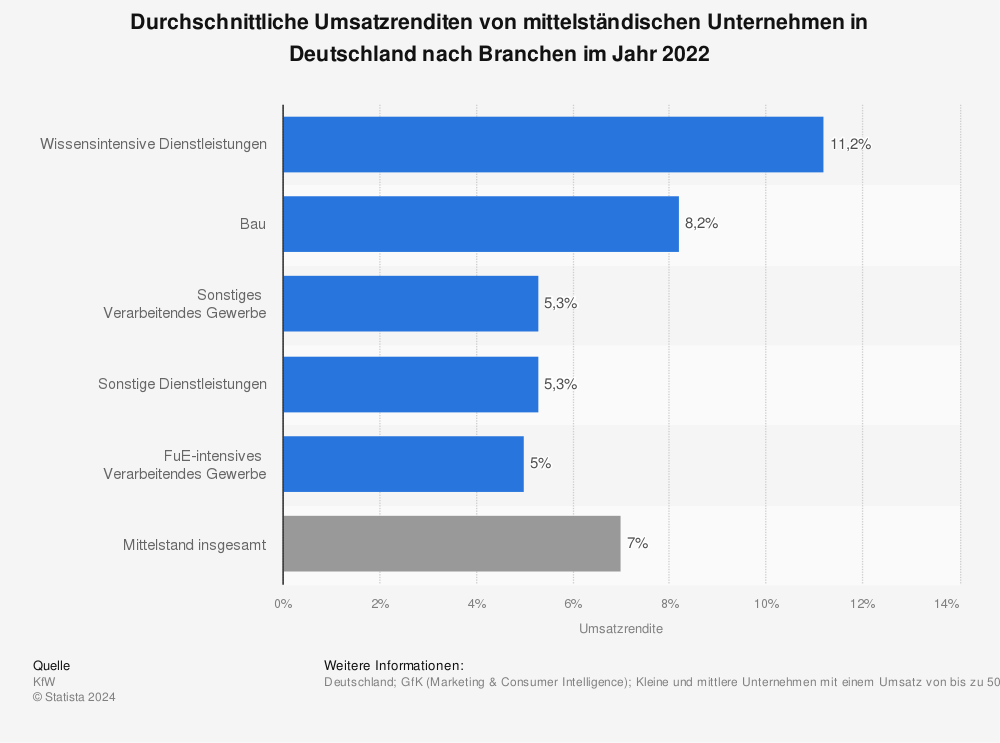Small and medium-sized enterprises (SMEs): What is it? Definition & Meaning in Marketing
Small and medium-sized enterprises (SMEs) are the backbone of the economy. In Germany, for example, they account for over 60 percent of all jobs subject to social insurance contributions and generate more than half of GDP. The importance of SMEs for the German economy can therefore not be overestimated.
What counts as an SME?
But what exactly is an SME? According to the EU definition, the limit is 250 employees, although in Germany companies with up to 500 employees are also considered SMEs. However, the decisive factor for classification as an SME is not only the number of employees, but also the turnover or annual profit. For example, a company is already considered an SME if its sales do not exceed 50 million euros or its annual profit is 10 million euros.
The typical characteristics of SMEs are a high degree of flexibility, close customer ties and strong regional roots. Many SMEs are family-run and are characterized by innovative strength and sustainability. Due to their size and structure, SMEs can react very quickly to market changes and set new trends.
SMEs are thus the perfect alternative to large corporations and, above all, offer innovative solutions to the challenges of our time.
Interesting: Returns on sales
Here is another look at the average return on sales of medium-sized companies in Germany by sector.

More statistics: Statista
More reach, leads and customers?
Example TikTok for business: 5 steps for beginners. TikTok Marketing for Business(SME) – Whether small local businesses or large international corporations, TikTok is an interesting marketing tool for all. The short video app offers a unique opportunity to interact with potential customers in a whole new way. We’ll show you how TikTok marketing works and what opportunities there are for businesses.














